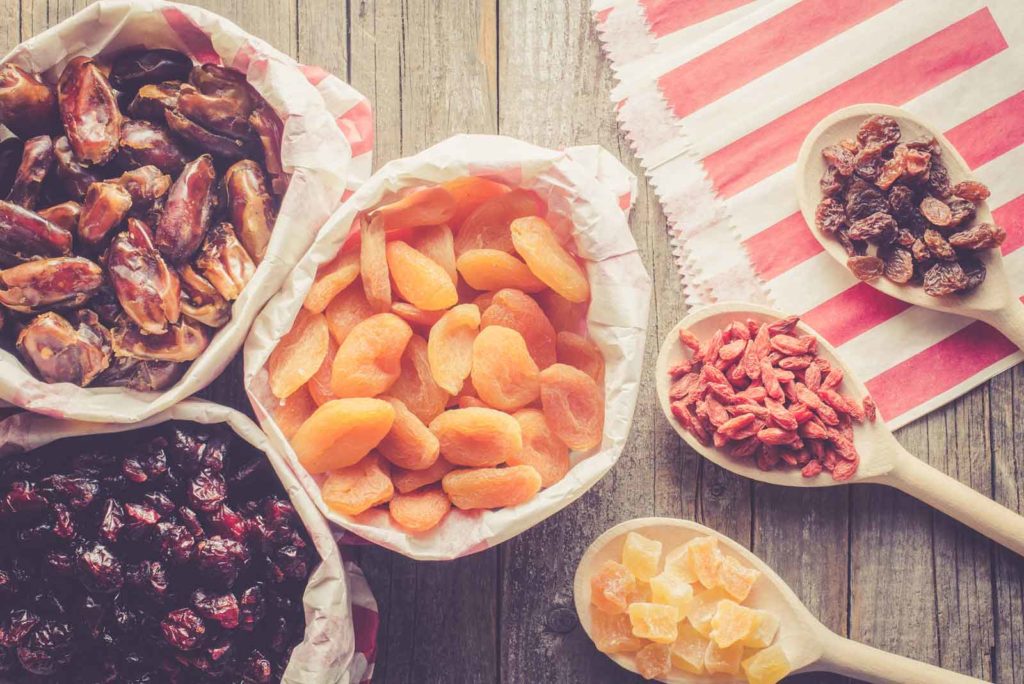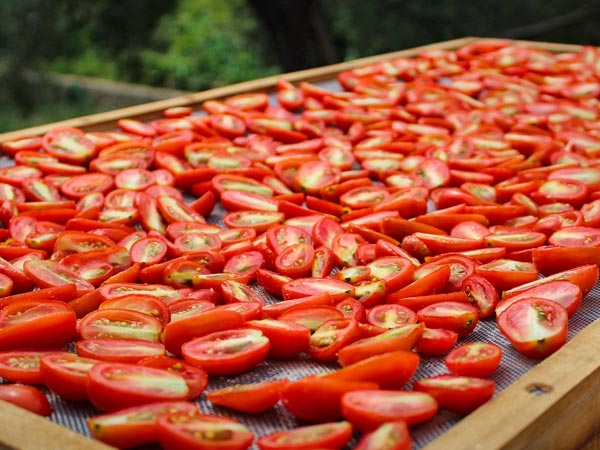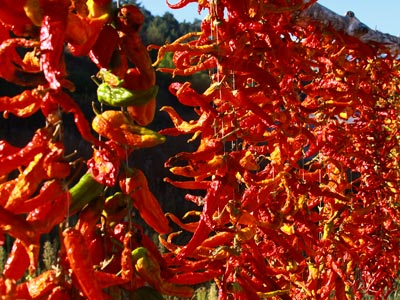

Wondering how you can extend the shelf life of your local fruits and vegetables? Look no further than the sun. Certain foods can be dehydrated by the sun, helping them last longer or even changing flavor profiles for use in the right recipes. Perhaps the best-known example is the sundried tomato. But all sorts of fruits, vegetables, as well as meats and fish, can benefit from the solar drying treatment.
Solar drying is an ancient art. As described in a 2011 study, the oldest known solar drying setup dates back 10,000 years, consisting of a stone surface for dehydrating crops in southern France. The practice is predicated on removing the majority of the water content from food. Doing so slows down the activity of bacteria and fungi, such as molds, that would otherwise metabolize the food and spoil it for human consumption.
In a 2006 book, The Solar Food Dryer, author Eben Fodor enumerated the myriad benefits of solar drying. For starters, solar drying saves energy compared to freezing foods for long-term preservation. Plus, dried food is not dependent on cold storage and has similar longevity. “A power failure (or mechanical failure) can result in the loss of all your frozen foods, but your dried foods will be A-Okay,” Fodor wrote. “Dried foods can last about as long as frozen foods, which are subject to freezer burn.”
Dehydrating food makes it smaller as well, reducing its volume and weight by as much as 1/15th, Fodor estimated, cutting down on containers and storage space. The loss of water-soluble nutrients like vitamins B and C, which break down in canned foods, is also not an issue. “Dried food is concentrated,” Fodor wrote, and “retain[s] more nutrients than canned foods.”
Beyond these practicalities, Fodor wrote that “drying can actually improve the flavor of many foods.” Take bananas, for instance. “Bananas are fantastic fruits,” Fodor wrote, “but dried bananas are heavenly.” Another example worthy of high praise, according to Fodor, is the Asian pear. “Watery Asian pears are sometimes a little disappointing,” he wrote. “Dried, they are among the finest treats on the planet.”

Passive solar drying can be done in one of two ways: The first is direct, or open-air drying. Foods are hung from a line or placed on a surface—perhaps a black surface to absorb extra heat for drying—and left to dry out. Transparent enclosures or screens can keep the food safe from critters. Airflow, whether from natural breezes or partly induced by the shape of a solar dryer apparatus, improves drying efficiency. Numerous such apparatuses are available for purchase or can be built right at home as a fun DIY project.
Besides direct drying, the second solar drying method is (you guessed it!), indirect. Indirect drying involves having sunlight-warmed air pass over the food, first whisking away moisture, and then venting back to the outside environment. Some commercial-scale solar dryers employ this method.
Why is it great? Solar drying on personal and commercial scales is often the best way to prevent valuable food from rotting, saving it for consumption or sale. As Fodor wrote, though, even in places where refrigeration is right at hand, solar drying can be a gamechanger when it comes to sustainability.
“I often get blank looks when I mention solar food drying to people,” Fodor wrote. “But then I ask them to think about how important food is, how dependent we are on importing foods from far away, how the quality of those foods is often not the best, and how our long-distance food supply depends on fossil fuels for shipping and storage.”
“The alternative,” Fodor continued, “is to expand the local food supply. But when the local growing season is over, what can we do to extend our local self-reliance in a sustainable manner? It all starts to become clear: Solar food drying is the renewable energy solution to the local food supply challenge.”









